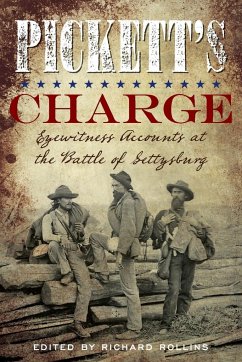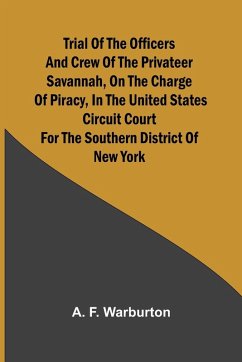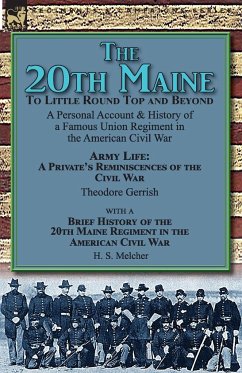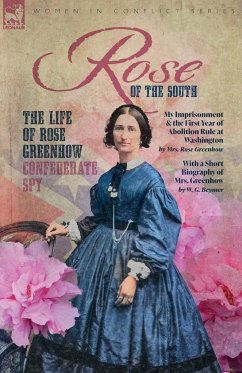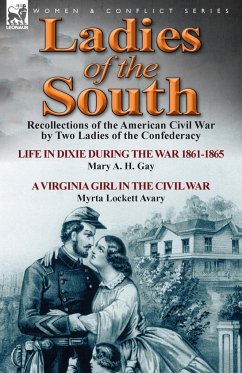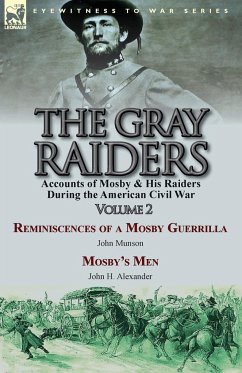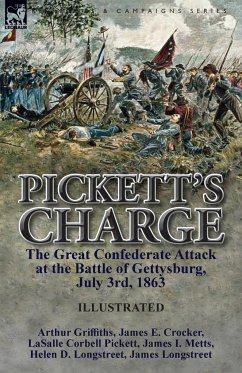
Pickett's Charge
the Great Confederate Attack at the Battle of Gettysburg, July 3rd, 1863

PAYBACK Punkte
10 °P sammeln!
The high water mark of the Confederacy The Battle of Gettysburg, in early July, 1863, began promisingly for Lee and his Confederate forces, but as the fighting progressed it became clear that in a pounding match where Meade’s Union force remained nailed defensively to high ground it would take a master stroke on Lee’s part for the Confederates to prevail. Attacks to turn the Union flank had failed leading to a decision to launch a concerted direct assault of converging regiments on the centre of the Union line, which was commanded by Hancock. The initiative seemed born of desperation and t...
The high water mark of the Confederacy The Battle of Gettysburg, in early July, 1863, began promisingly for Lee and his Confederate forces, but as the fighting progressed it became clear that in a pounding match where Meade’s Union force remained nailed defensively to high ground it would take a master stroke on Lee’s part for the Confederates to prevail. Attacks to turn the Union flank had failed leading to a decision to launch a concerted direct assault of converging regiments on the centre of the Union line, which was commanded by Hancock. The initiative seemed born of desperation and the Confederate general, Longstreet had little faith in its success. The attacking Confederates were compelled to march for over a mile across a wide expanse of open ground, under the most punishing enemy fire, before they could reach Union lines. Nevertheless, upon the order, the ranks of grey and butternut stepped bravely forward, under the commands of Pickett, Trimble and Pettigrew, and despite suffering fearful losses, some of them actually broke into the lines of the soldiers in blue. There they were killed, captured or faltered and fell back in retreat. ‘Pickett’s Charge’, as this valiant debacle came to be known, was set upon a task almost certain to fail. Only the courage of those who charged is beyond question, for this attack has been the subject of intensive debate and much controversy. This Leonaur book on this pivotal action contains several essential perspectives by different authors and includes many maps and illustrations. Leonaur editions are newly typeset and are not facsimiles; each title is available in softcover and hardback with dustjacket.






